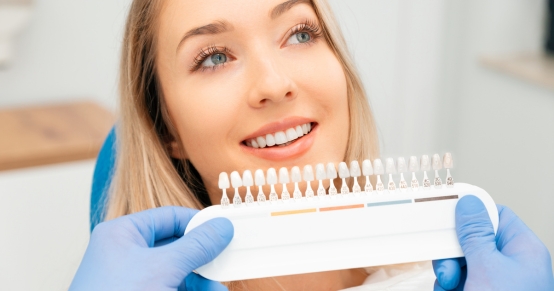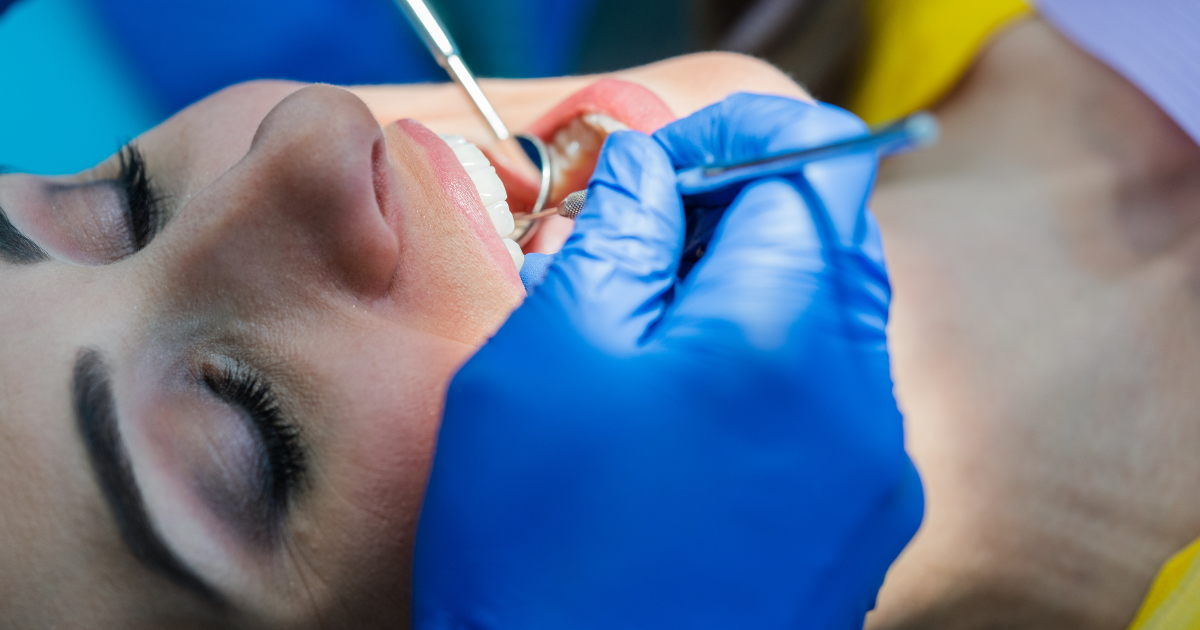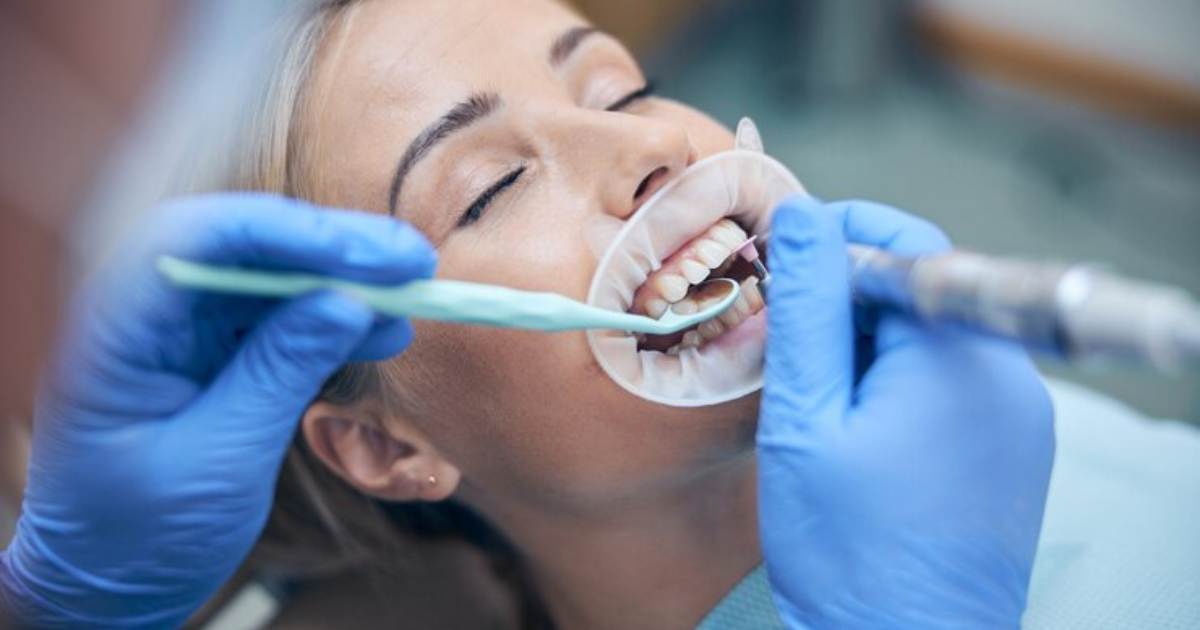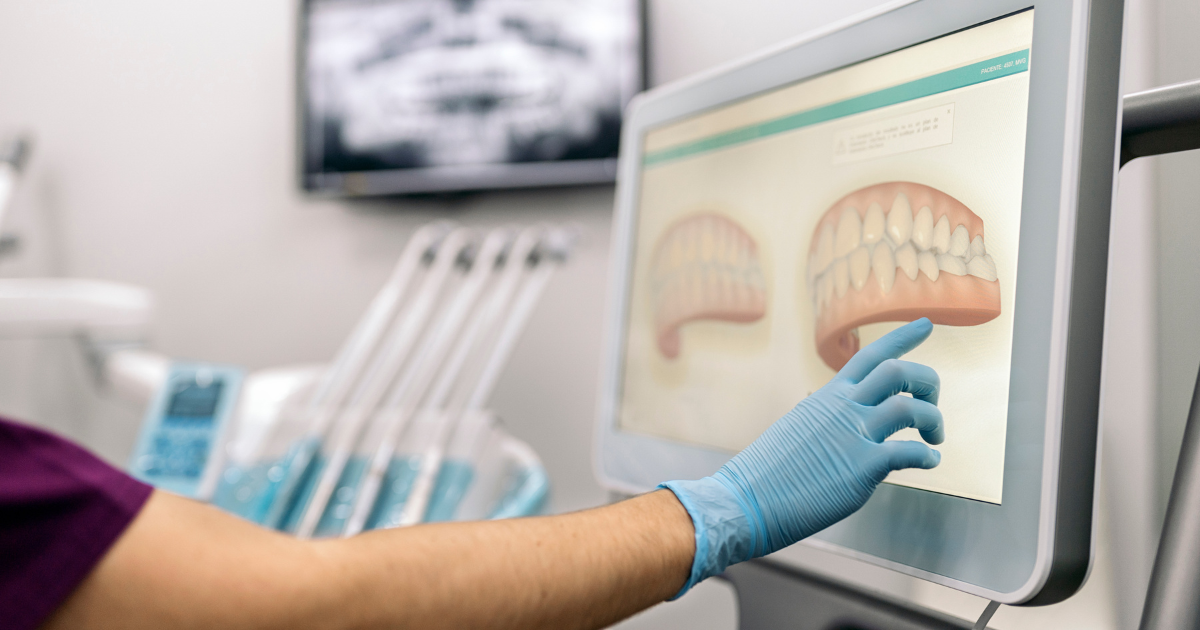Halloween brings a whirlwind of excitement and sugary treats. However, it also presents a risk to your dental health. To avoid tooth troubles, it’s essential to make smart candy choices while enjoying the festivities. This guide will help you navigate the spooky season with tips to keep your teeth happy and healthy.
The Impact of Candy on Your Teeth
Candy is a staple of Halloween, but not all sweets are created equal. Sugary treats can lead to cavities, decay, and other dental issues. Here’s why it’s crucial to choose wisely:
- Sugar Feed Bacteria: Bacteria in your mouth thrive on sugar, producing acid that eats away at your enamel.
- Sticky Candies: Gummies and taffies can cling to your teeth, increasing the risk of decay.
- Hard Candies: These can chip or break your teeth if bitten too hard.
By being mindful of your candy choices, you can enjoy the holiday without compromising your oral health.
Smart Candy Choices to Avoid Tooth Troubles
Choosing the right candy can make a big difference. Here are some safer options to consider:
- Chocolate: Dark chocolate is a better option because it washes away easily. It also contains antioxidants that are good for your health.
- Sugar-Free Gum: Chewing gum stimulates saliva production, which helps wash away food particles and neutralize acids.
- Dairy-Based Treats: Candy with dairy, like chocolate-covered nuts, can provide calcium and help strengthen your teeth.
When in doubt, remember to enjoy treats in moderation. Overindulgence can lead to an increased risk of dental problems.
Tips for Enjoying Halloween Without the Tooth Troubles
Beyond choosing the right candy, there are several strategies you can employ to protect your teeth during Halloween:
- Rinse Your Mouth: After eating candy, rinse your mouth with water to remove sugar and food particles.
- Brush Regularly: Brush your teeth twice a day with fluoride toothpaste. Don’t forget to floss daily to remove debris between your teeth.
- Visit Your Dentist: Schedule an appointment with a dentist in Irving before and after Halloween. Regular check-ups can help identify potential issues before they become serious.
Implementing these habits can significantly reduce the risk of developing cavities and other tooth troubles.
The Importance of Timing
The timing of your candy consumption also plays a role in your dental health. Here are some tips on how to manage candy intake:
- Limit Snacking: Instead of snacking on candy throughout the day, set specific times for treats. This helps reduce constant exposure to sugar.
- Pair Treats with Meals: Eating candy with meals can help lessen its impact on your teeth. Saliva production increases during meals, aiding in the breakdown of sugar.
- Avoid Late-Night Snacking: Sugars linger on your teeth while you sleep, increasing the risk of decay. Opt for healthier snacks if you’re hungry before bed.
By being mindful of when and how you consume candy, you can significantly lower your chances of tooth troubles.
Engaging with Your Dentist for Preventive Care
Your local dentist in Irving can be a valuable resource during Halloween. Here’s how you can engage with them:
- Ask for Recommendations: Consult your dentist about safe candy choices and tips for maintaining oral hygiene during the holiday.
- Seek Preventive Treatments: Consider fluoride treatments or dental sealants to protect your teeth, especially if you have a tendency to indulge in sugary treats.
- Stay Informed: Keep up with dental care tips and updates from your dentist to stay on top of your oral health.
Establishing a strong relationship with your dentist can help you navigate the challenges of Halloween and maintain a healthy smile.
Halloween should be fun, not a time for tooth troubles. By making informed candy choices and following good oral hygiene practices, you can enjoy the holiday without compromising your dental health. Remember to consult with your dentist in Irving for personalized advice tailored to your needs. Enjoy your spooky celebrations, and keep those smiles bright!










